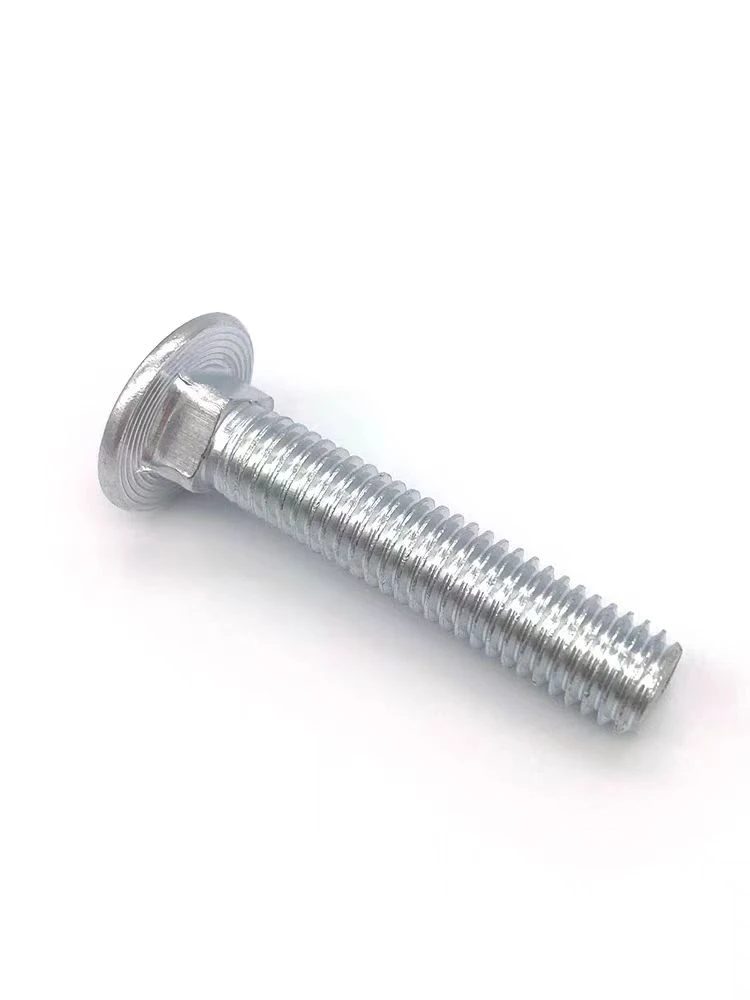

Choosing the Right Bolts for Steel Beam Construction and Structural Integrity
Oct . 15, 2024 03:47 Back to list
Choosing the Right Bolts for Steel Beam Construction and Structural Integrity
Bolts for Steel Beams An Essential Component in Structural Engineering
In the realm of structural engineering, bolts play a crucial role in ensuring the integrity and stability of steel structures. Among these, bolts for steel beams are particularly significant due to their applications in constructing various buildings, bridges, and other infrastructures. This article will explore the types of bolts commonly used with steel beams, their installation, and the key considerations that engineers must take into account when choosing the right bolts for their projects.
Types of Bolts
When it comes to bolts for steel beams, several types are commonly used, each with its unique attributes and applications. The most prevalent types include
1. Hex Bolts These are perhaps the most recognizable type of bolt, characterized by their hexagonal heads. Hex bolts are typically used in conjunction with nut fasteners; they come in various grades, ensuring strength and versatility for different load requirements.
2. Structural Bolts Designed specifically for structural applications, these bolts have larger diameters and are mainly used in the assembly of steel structures where high strength is required. Structural bolts also come with specific surface coating options to enhance corrosion resistance, making them suitable for outdoor use.
3. High-Strength Bolts Often used in conjunction with structural connections, high-strength bolts are engineered to withstand significant loads and stresses. They are typically installed in a pretensioned state to minimize slippage and increase the overall stability of the connection.
4. Anchor Bolts These are used to attach structural elements to concrete foundations. They are essential in securing beams and columns in position and preventing lateral movement.
Installation Process
The proper installation of bolts in steel beams is a critical factor in ensuring the performance of the structure. The installation process typically includes several key steps
bolts for steel beams

1. Preparation Before installation, engineers must assess the load requirements and select the appropriate bolt type and size. Attention to detail in the planning phase can prevent complications later on.
2. Drilling Holes Holes are drilled into the steel beams for the bolts. The size and spacing of these holes must adhere to engineering specifications to ensure a snug fit and appropriate load distribution.
3. Bolt Insertion and Tightening Once the holes are drilled, bolts are inserted and tightened to the required torque specifications. This step is crucial, especially for high-strength bolts, as the correct tension will ensure that the connection can resist the appropriate amount of force without failing.
4. Inspection After installation, it is standard practice to inspect the bolts to ensure they are installed correctly and secure. This is typically done through visual checks and, in some cases, non-destructive testing methods.
Key Considerations
When selecting bolts for steel beams, several critical factors must be considered.
- Load Requirements The design load that the bolts will need to support is paramount. Engineers must calculate the tensile and shear loads that will be applied to the bolts during the structure's lifetime.
- Environmental Factors Corrosion resistance is crucial, especially for structures exposed to harsh weather conditions. Choosing the right coating or bolt material can significantly enhance durability and longevity.
- Code Compliance Ensuring that the chosen bolts meet local building codes and regulations is essential. Doing so ensures that the structure complies with safety standards and passes inspections.
In conclusion, bolts for steel beams are more than mere fasteners; they are integral to the safety and durability of structures. Understanding the different types of bolts, their proper installation, and the principal considerations involved in their selection is vital for engineers and builders alike. As the field of structural engineering evolves, the technology and materials used for bolts will continue to advance, ensuring safer and more efficient constructions for the future.
Latest news
-
Premium Fasteners Manufacturer | AI-Driven Solutions
NewsAug.01,2025
-
Hot Dip Galvanized Bolts - Hebei Longze | High Strength, Corrosion Resistance
NewsAug.01,2025
-
High-Strength Hot Dip Galvanized Bolts - LongZe | Corrosion Resistance, Custom Sizes
NewsAug.01,2025
-
Best Self Tapping Screws for Drywall - Fast & Secure Installation
NewsJul.31,2025
-
High-Strength Hot Dip Galvanized Bolts-Hebei Longze|Corrosion Resistance&Customization
NewsJul.31,2025
-
Hot Dip Galvanized Bolts-Hebei Longze Metal Products|Corrosion Resistance&High Strength
NewsJul.31,2025

